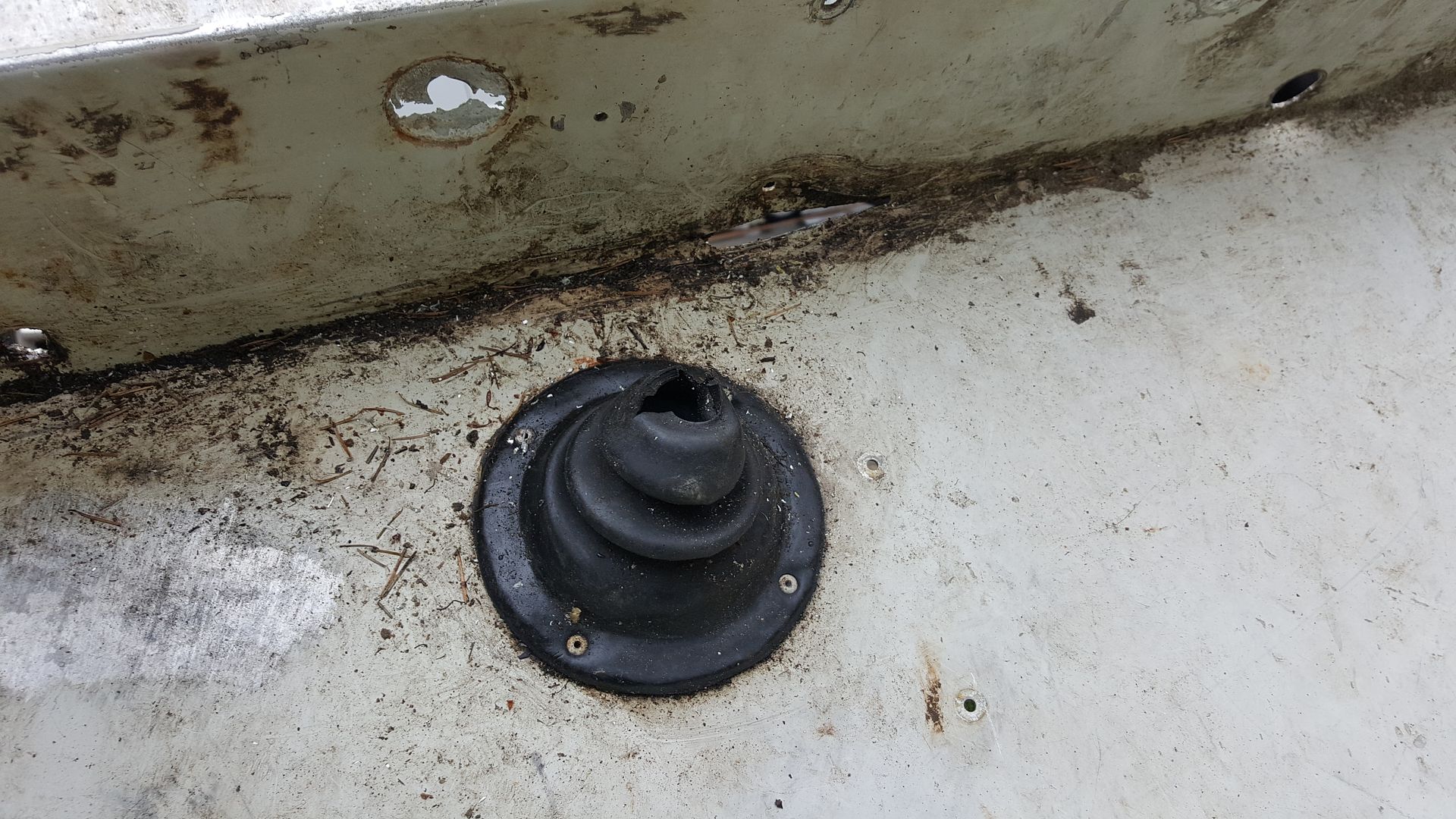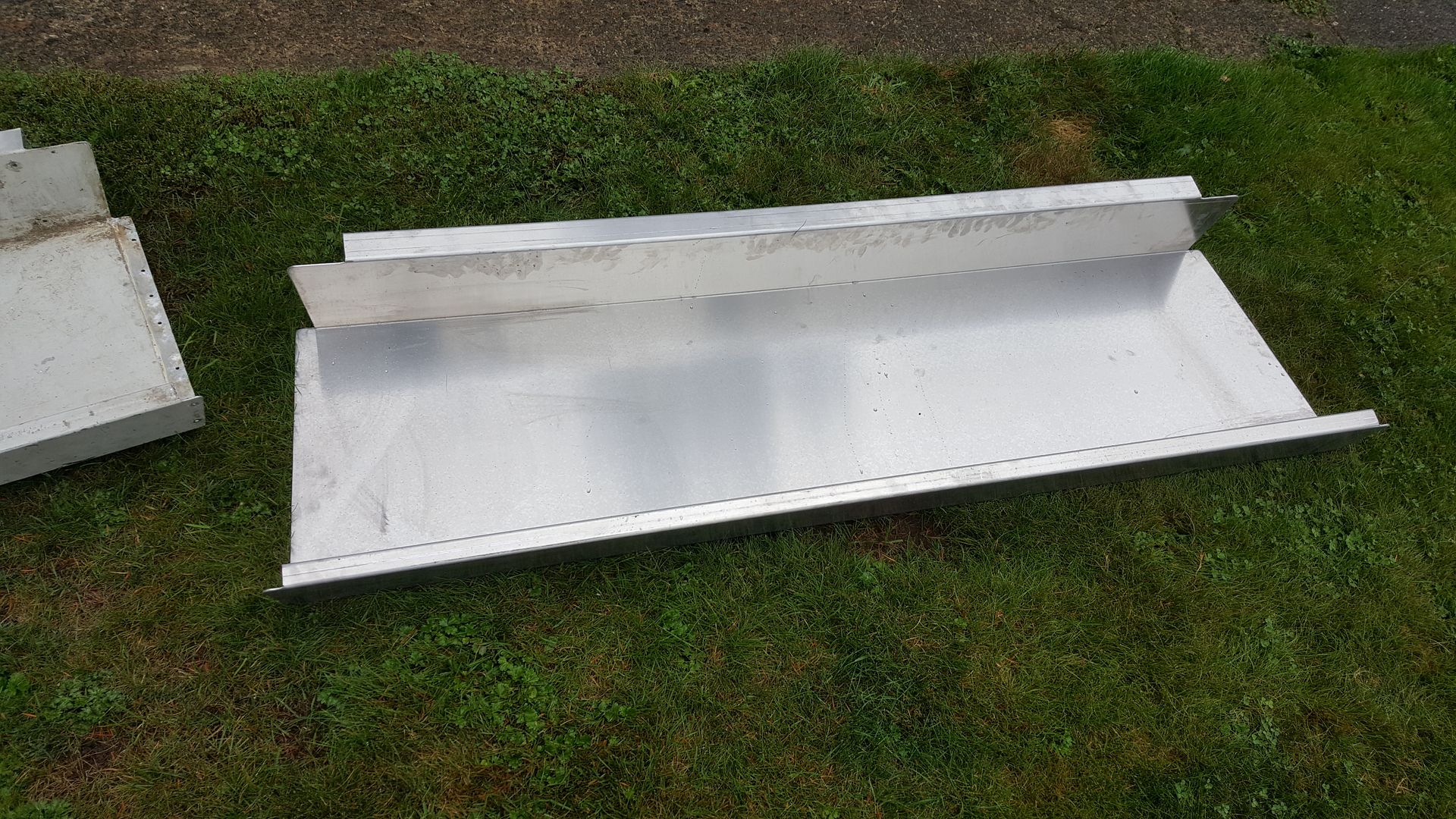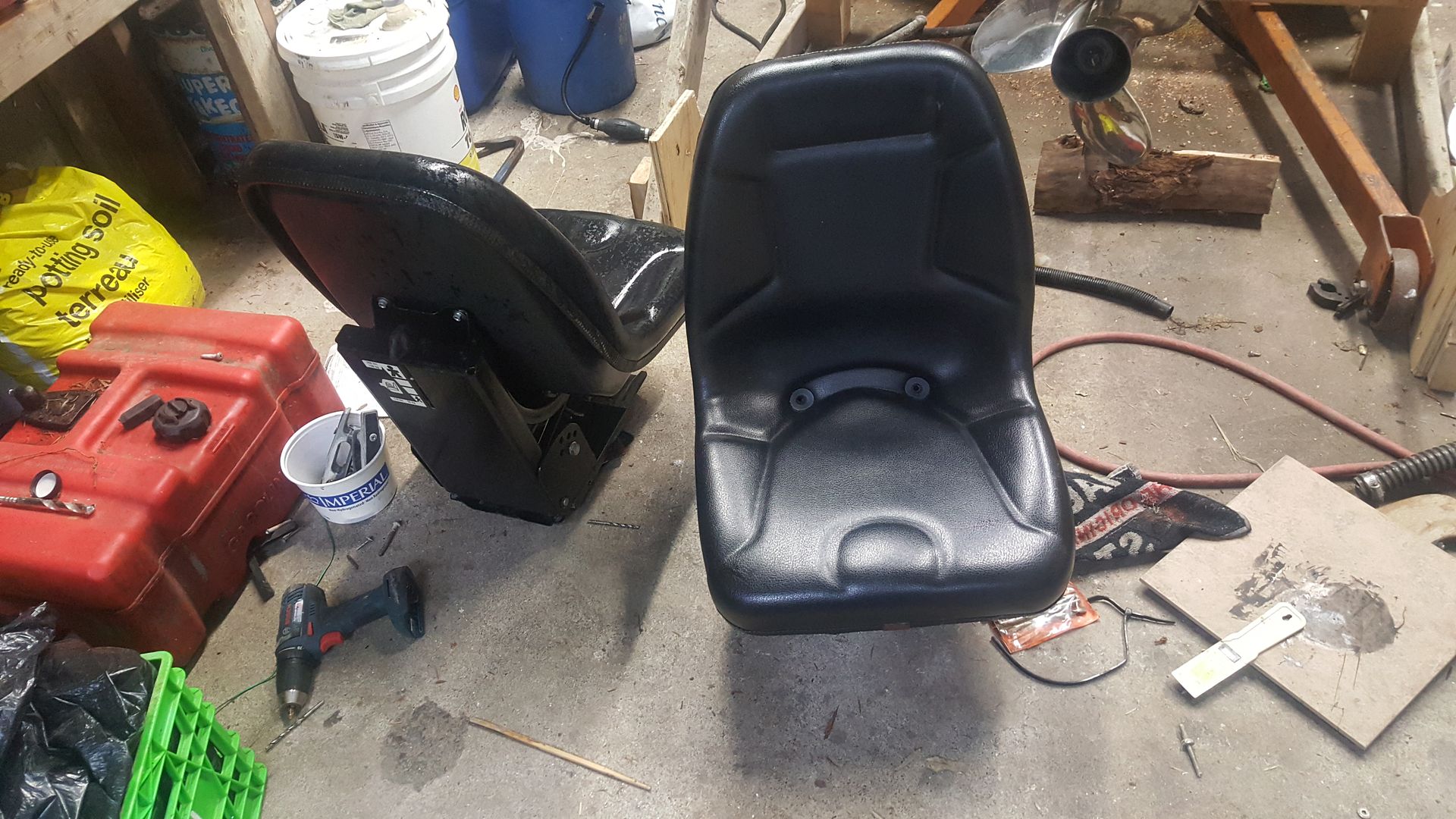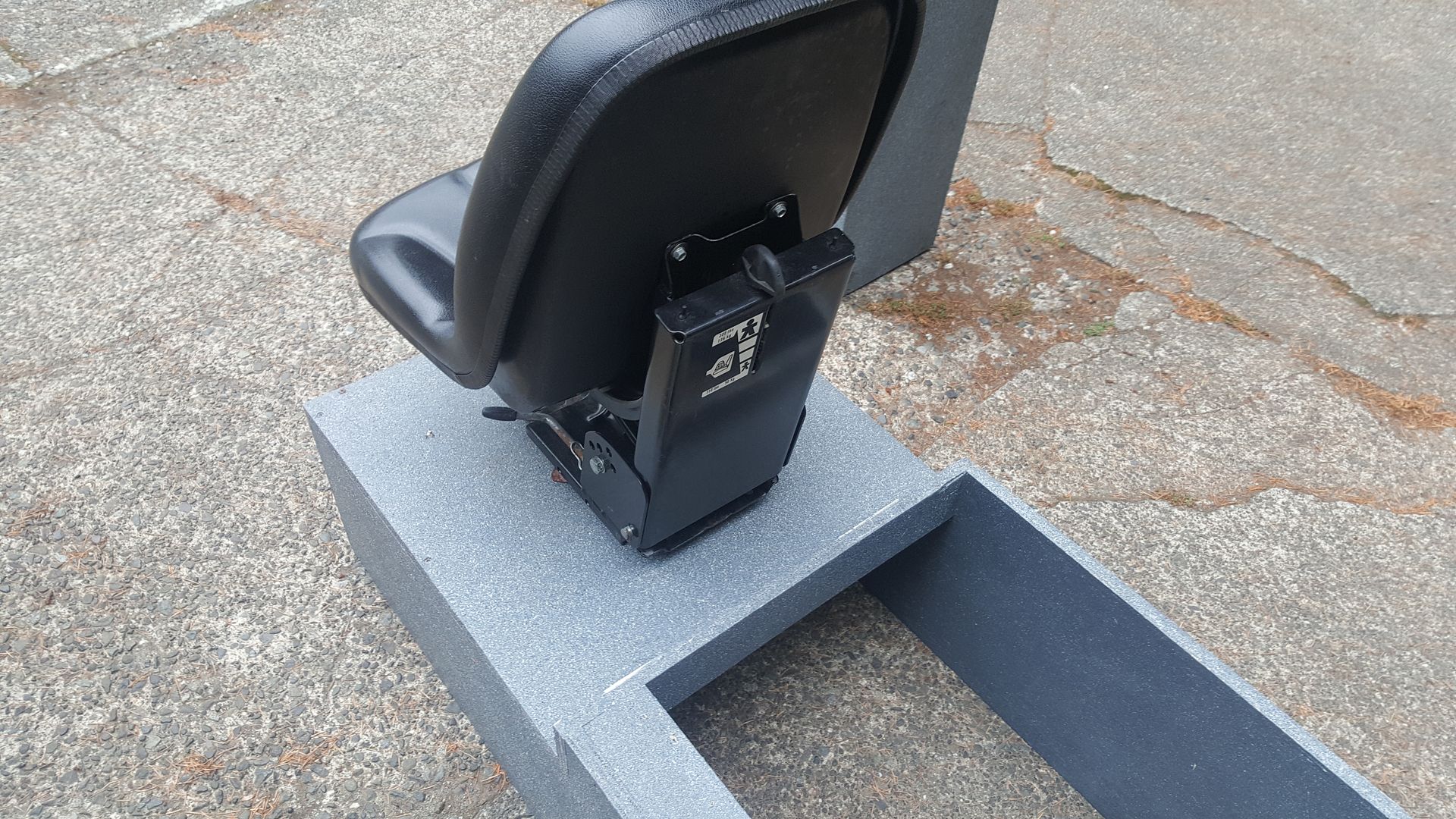As I mentioned, I used a 5' long piece of 5052 aluminum. If I was to do it again I would have made it just a bit longer and shaped the outboard ends to the hull angle and caught the transom through bolts at each end. I had removed the transom z brace shelf by drilling out the solid rivets, so those holes were available, as were the drain 1" holes and the motor mount holes and the motor pad holes. I also had a few other holes that I would reuse or that were in convenient spots for through bolts. I pre cut the plate to size and shape using the old transom and the transom cap as a template for the top curve. I made the curve offset from the transom top so it would allow the cap to fit above it.
The plate was then clamped to the transom skin and all the holes I mentioned above were predrilled using the transom skin holes. For the 3/16 rivet holes and most of the others, including the 1/4 bolts, I under drilled to fit 10-32 screws and nuts, and put those in place as I went along. This makes the plate drilling more accurate as they go in to hold things rigid. Once all the holes are drilled you can remove the plate and prep it for bonding, deburring the holes and roughing up the inner surface. I did not rivet the z channel during the bonding process, just reused the machine screws and nuts. You can see that I used a lot of clamps along the top curve , I had not predrilled holes there and waited for the wood to be installed before doing wood screws up there. When I applied the 5200 I used a grooved spreader to get complete coverage, and used most of a big tube of 5200. I got quite a bit of squeeze out. Wear gloves and old clothes or coveralls. With slow cure 5200 I could then go back and do rivets along the bottom. Here is where under drilling helps since you may have to put a reamer or drill through to get the rivets in, but very little aluminum is removed. You should have the transom wood fit and sealed and ready to go in, so you can begin to do the through bolts and the drains. Also have the new bolts and the transom drains and tools pre bought and handy. You will need longer than original fasteners and rivets due to the plate thickness.
I pictured the drill guide I used to keep the holes I drilled in the transom wood perpendicular in my project thread. I used a synthetic material for the transom instead of plywood, so you may have to find some way of sealing those holes in ply, possibly dry fitting even the cut transom, but I just used 5200 liberally on the screw and bolt shanks. With all that, your plate is held on solidly during the cure period, and after that I pity anyone who has to remove it.

























